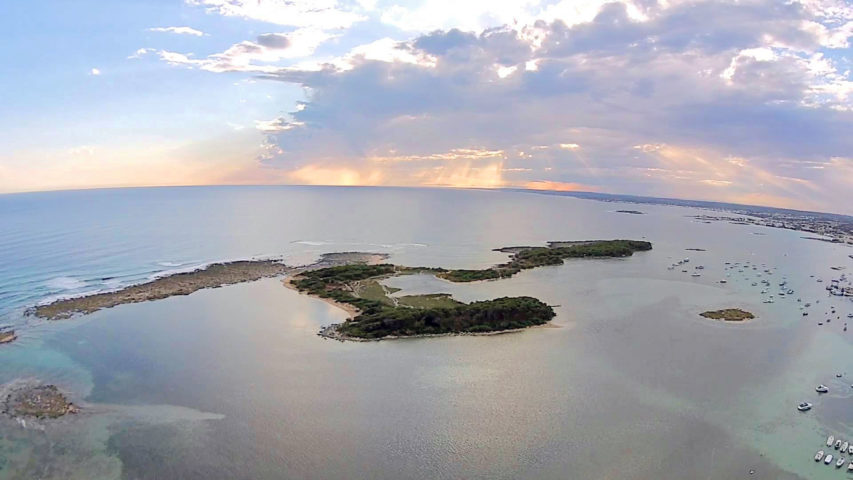334.65.82.237 (call now)
info@casavacanzetorrelapillo.net
Navigator (click to reach us)

Historical notes
known as the ancient Portus Sasinae, it was founded by the inhabitants of Saseno, a small island near Vlora, in Albania. These appeared on the Ionian coasts, before the 5th century BC, and became known for their resourcefulness in fishing and trade. On the coasts of the country, the Mycenaeans first landed, which were remembered for the artifacts brought from the homeland, in particular vases with painted motifs. Subsequently the Messapi settled there, which, probably coming from Iliria (present-day Albania) had settled all over the Apulian territory, around the 8th century BC. This presence is testified by 4 stone pillars, religious symbols, where offerings were made to the deity. In the Roman period, Sasina disappeared, probably destroyed by the Gallipolini, who saw her as a rival in the fishing trade and who wanted to take over her port (The precise date of the destruction is not documented, probably due to around 200-300 AD). A few centuries later, it was called Cesaria, by the Greeks and, slowly, the small nucleus expanded. In the Middle Ages we find it a possession of Nardò, later it passed into the possession of the Count of Lecce, Antonio Orsini. At the beginning of the twentieth century the agricultural hinterland was completely reclaimed. In 1966 the Marine Biology Station was founded, acquired in 1977 by the University of Lecce and managed, since 1980, by a committee which also includes the Municipality of Porto Cesareo. Since 1974, a referendum has established its autonomy from Nardò, thus becoming an autonomous municipality. In recent decades its importance has grown extraordinarily as a fish market and above all as a tourist settlement.